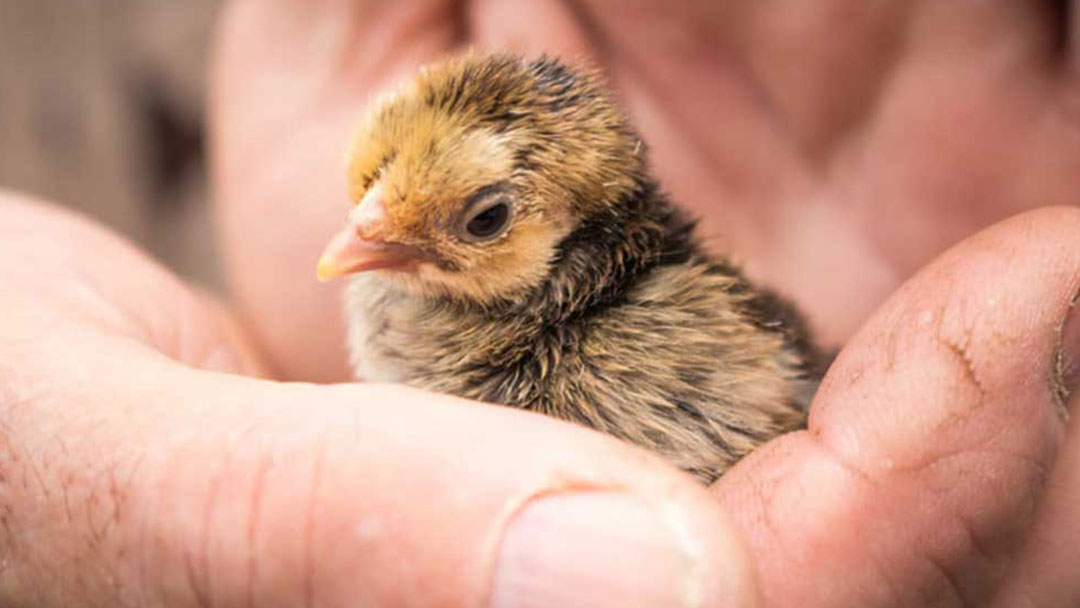
Caring for Wild Baby Birds
In the spring and summer, it is not unusual to encounter a baby bird on the ground.
Although our immediate response is to help the little critter and take it home, caring for wild baby birds takes skill, knowledge, experience, patience and a lot of time. People trained in bird care have the best chance of rehabilitating the bird and allowing it to return to the wild, so don’t attempt to do it by yourself.
Your veterinarian may take the bird until a carer can be located, or they can give you contact details for the closest wildlife associations.
Nestlings
A nestling is a baby bird that is not fully covered with feathers and has some skin showing. If you find a nestling on the ground, try to locate its nest and return it. The parents will not reject the bird because it has “human” smell on it. If you can’t return the bird to its nest, contact a wildlife association or veterinarian.
Fledglings
A fledgling is a baby bird with feathers, although it is not yet able to fly. It is not uncommon for these birds to be found on the ground as they develop their flying abilities, but are still being fed and cared for by their parents. This process usually takes up to 2 weeks. If you don’t see the adult birds returning periodically to the fledgling, or if it is injured or showing signs of distress, it may require care until it can fly and look after itself. Contact a wildlife association or veterinarian if you are unsure whether the fledgling requires help before trying to trap it.
What are the signs of an abandoned baby bird?
Signs that a baby bird is not being looked after by its parents or is in need of veterinary attention include:
- blood from the nose or beak, or swelling or bruising around the head indicating possible head trauma
- blood, obvious wounds or growths anywhere on the body
- limping, dragging or dangling wings or legs
- wings or legs protruding at abnormal angles from the body
- bird is using wings to move along ground or for support
- head tilts, persistent circling motions, twitching, spasms or apparent blindness
- bird is not moving at all, acts lethargic or listless, or is unresponsive to sound or movement
- gasping, sneezing, wheezing or other breathing difficulties
- mucous, blood or pussy discharge from eye, nose, ears, mouth or anus (vent)
- bloating
- no droppings over a period of several hours
- excessive feather loss or damage (not to be mistaken for the partial feather growth of a fledgling baby)
- a cat has had the baby bird in its mouth
What do I do with an injured baby bird?
If you need to rescue an injured or abandoned wild baby bird then it is crucial to keep it warm, in a dark, quiet, draft-free location until immediate, qualified help is available. Do not attempt to force water into the bird's mouth as the young bird will likely choke and the complications could prove fatal.
Who should I contact?
Please contact your local veterinarian or the following associations immediately for directions to the qualified rehabilitators nearest you.